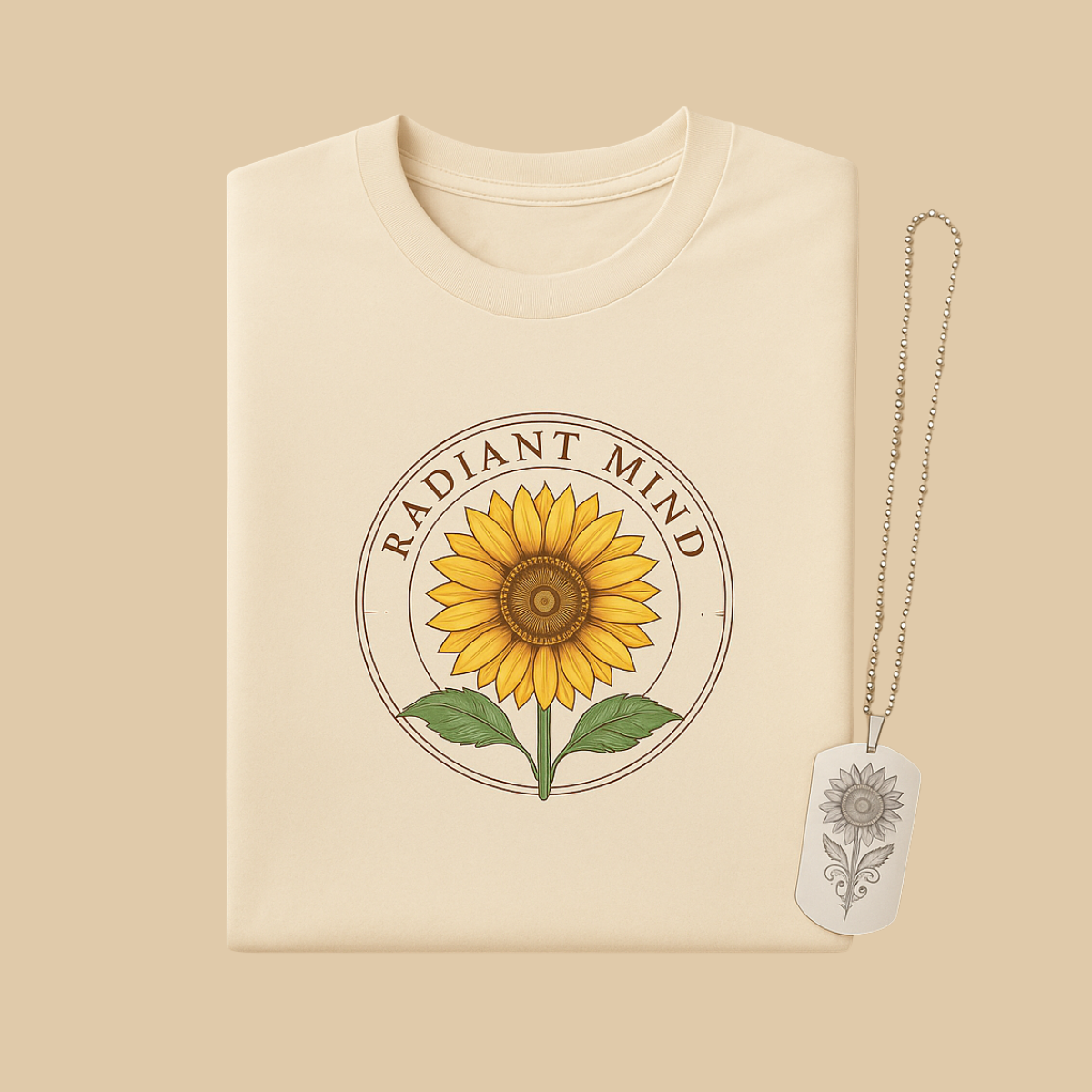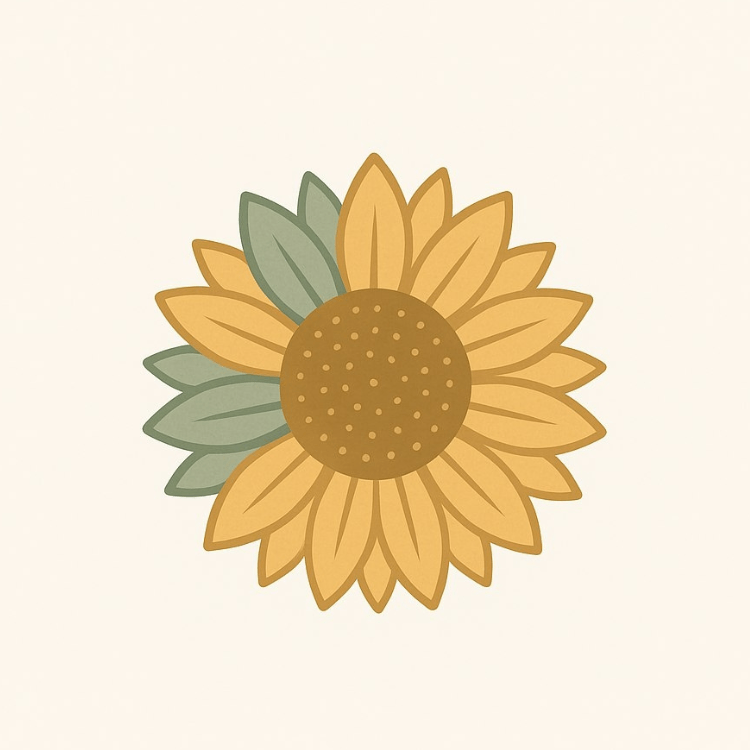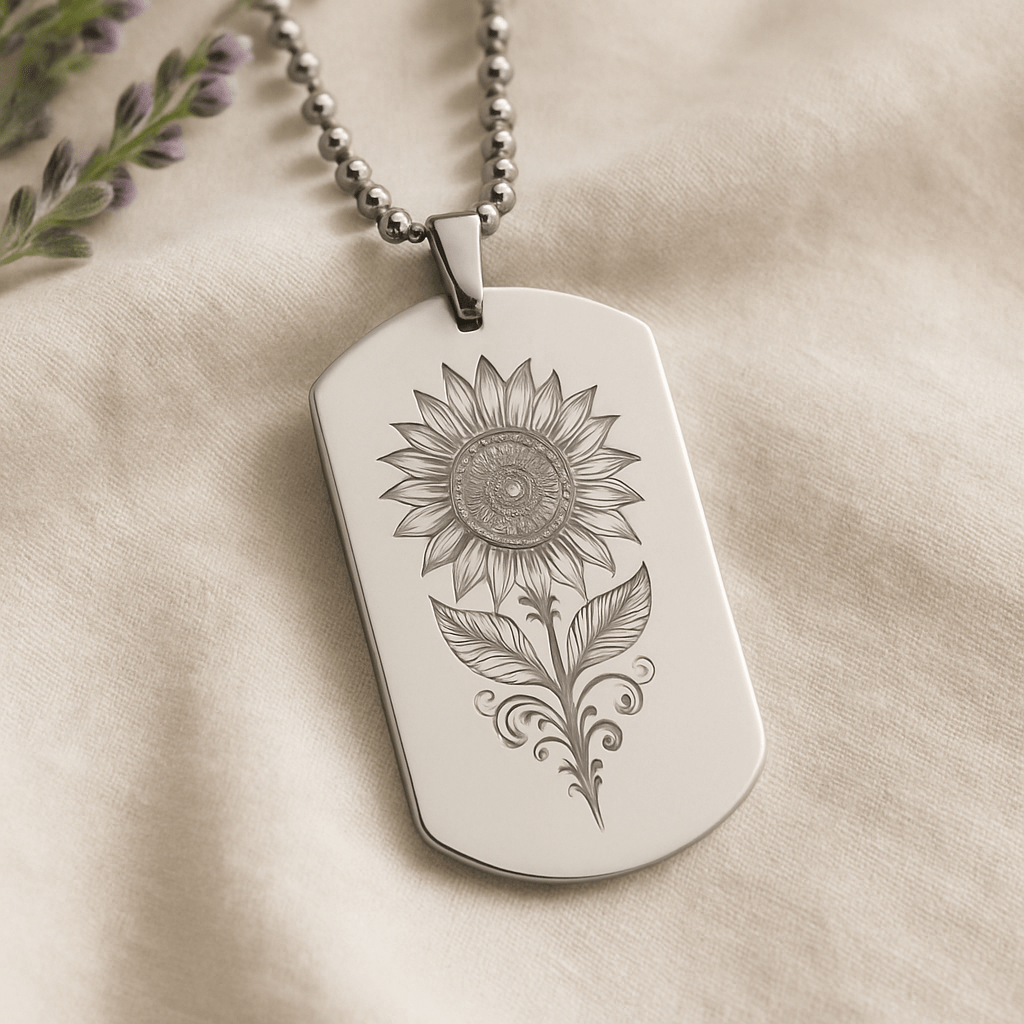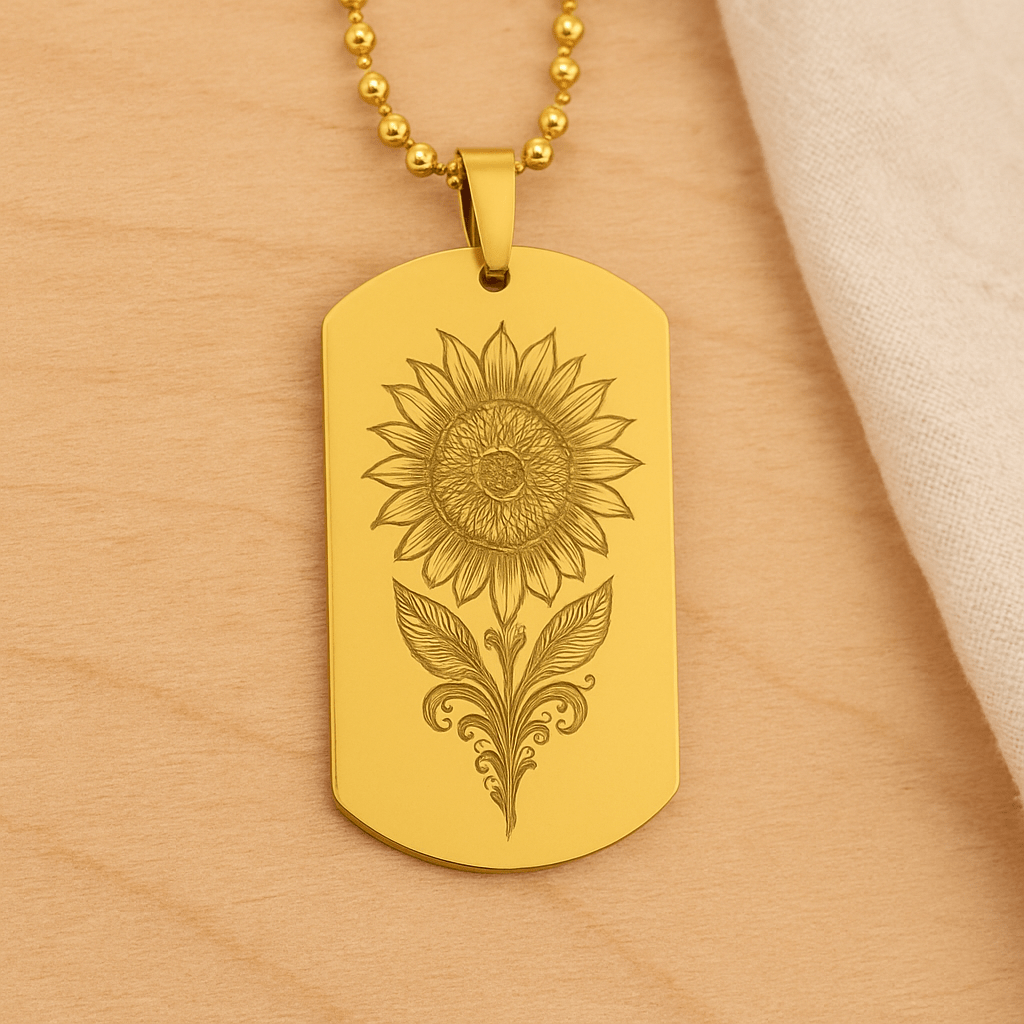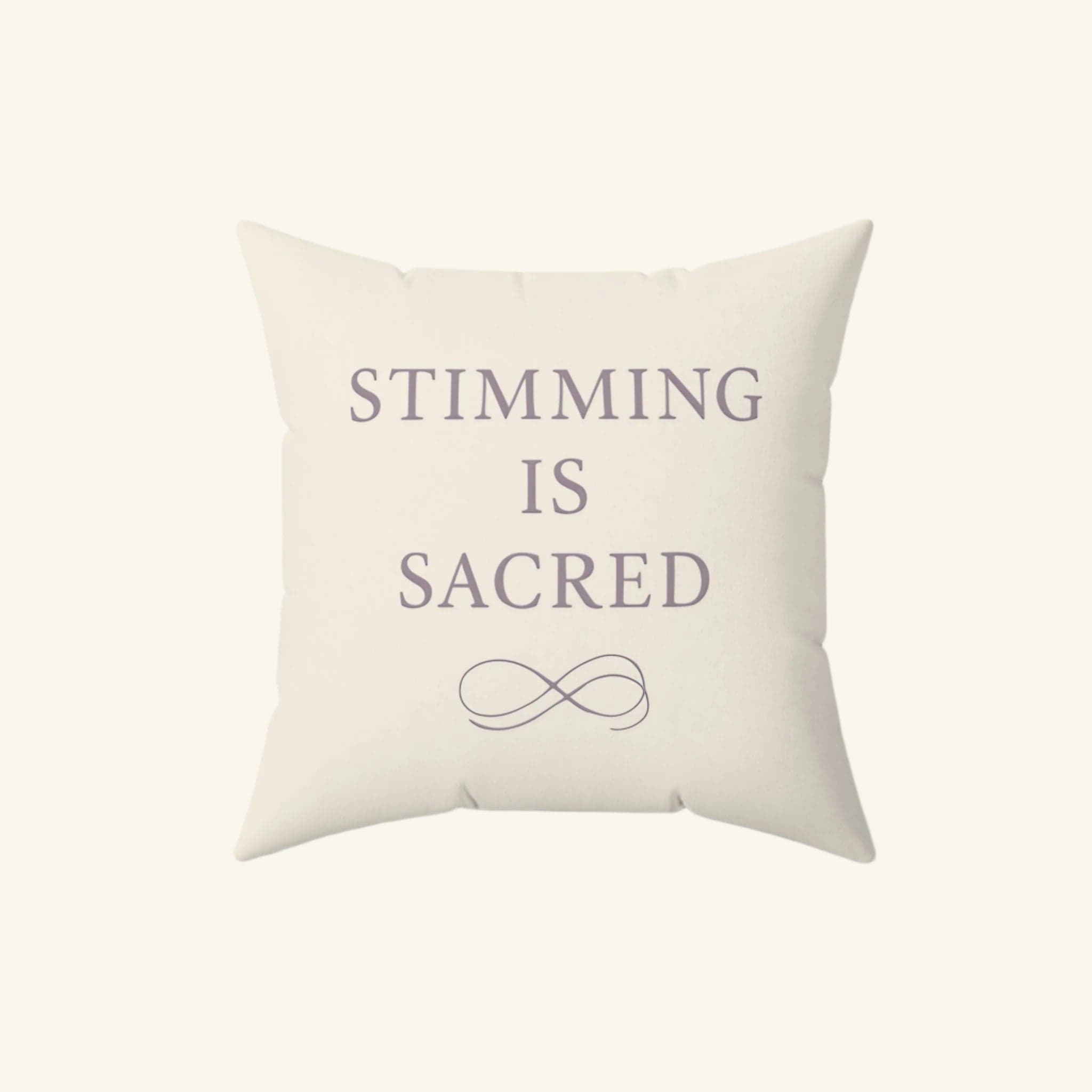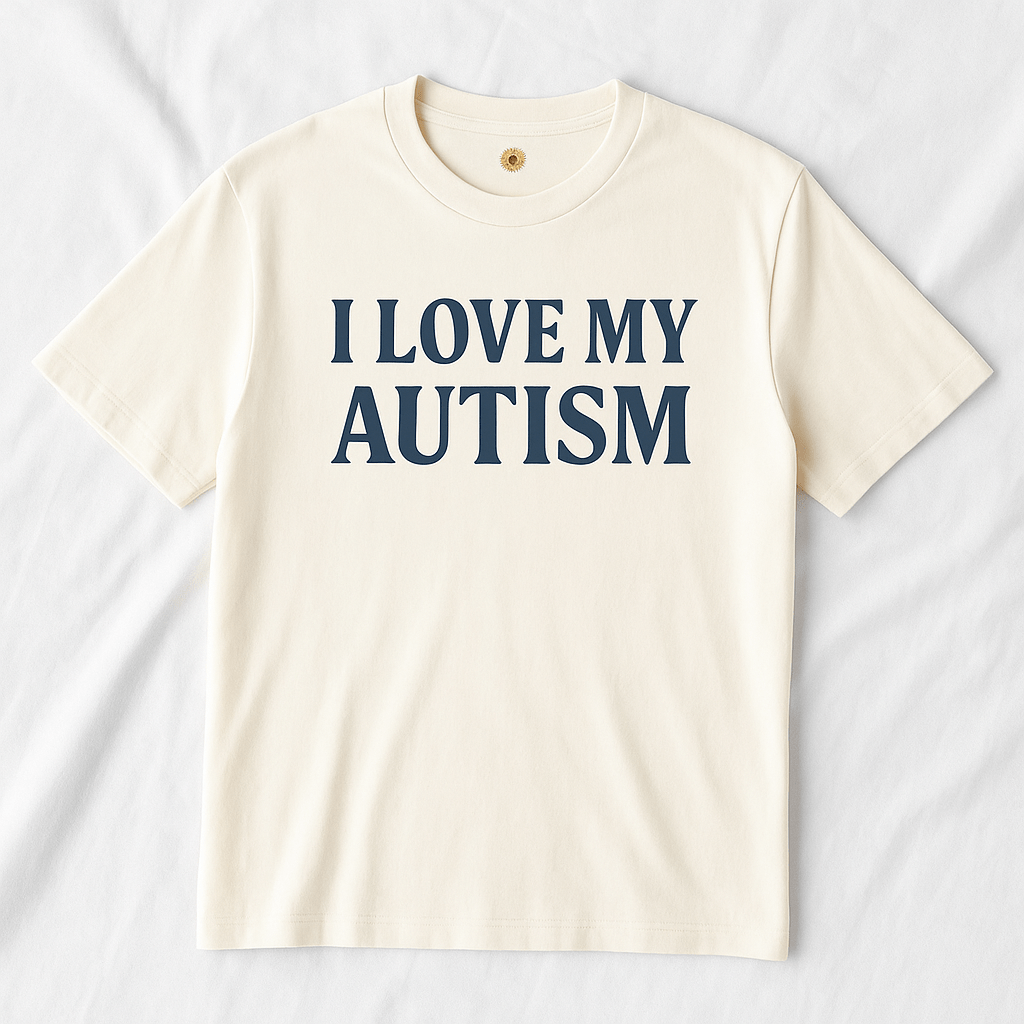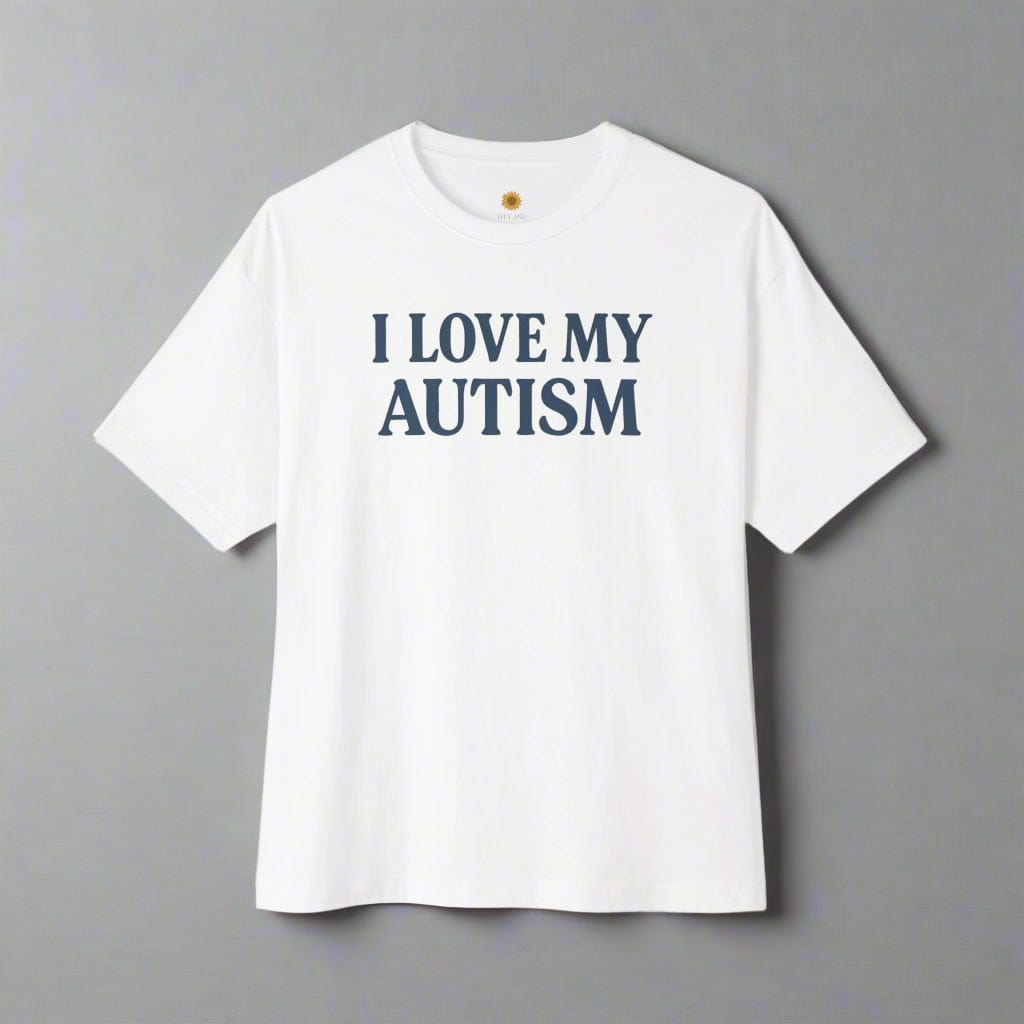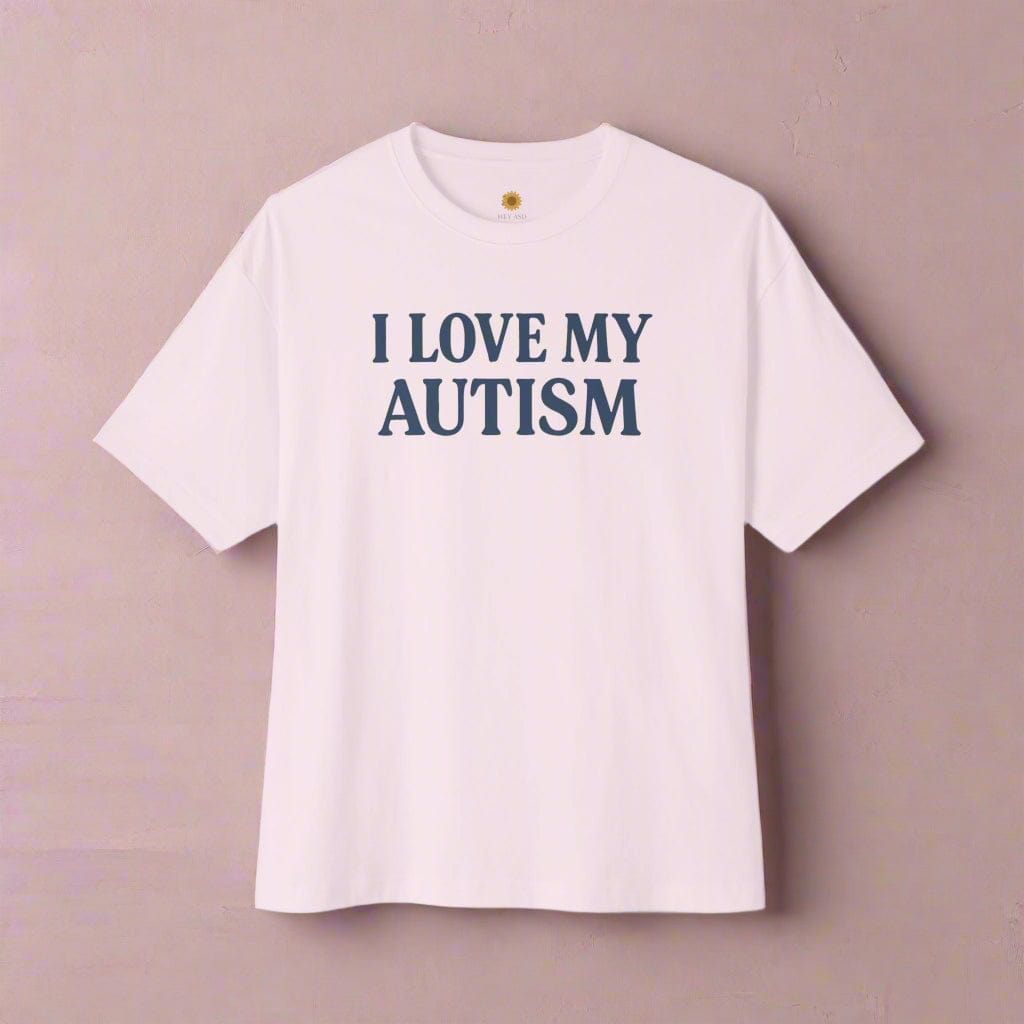Sensory blankets for autism can be more than just warm layers, they can be tools for grounding, relaxation, and self-expression. This definitive guide explores how they work, how to choose the right one, and shares community-loved designs that blend comfort with meaning.
Some days the world feels too sharp—the lights, the chatter, even the weight of your own thoughts. You want something gentle that says, you can land here. A sensory blanket can be that soft landing: a predictable layer that quiets visual noise, meets your skin kindly, and helps your breathing find a steadier rhythm.
People use sensory blankets in different ways. Some prefer deep pressure stimulation from a weighted blanket; others find weight overwhelming after a few minutes and settle better with a woven or plush throw that offers gentle sensory input without heat or heaviness. There’s no one “right” set‑up—only what helps your nervous system feel safe. If you’re exploring weight, a common starting point is around 10% of the individual’s body weight (adjust for comfort). If you’re choosing non‑weighted, prioritise breathable fabrics and low‑contrast patterns that support sleep quality and everyday regulation.
-
What you’ll learn: benefits beyond “cosy,” how to choose by sensory preferences, fabric feel, care, and safety
-
Who it helps: autistic adults, ADHDers, anxious sleepers, and anyone seeking calmer sleep patterns
-
How to use: wind‑down rituals, micro‑breaks after overload, and travel‑friendly set‑ups that don’t overheat
Quick Answer: The Fastest Way to Pick a Sensory Blanket
- Choose your input: weighted (deep touch pressure) or non‑weighted (woven/plush) for gentle tactile + visual calm.
- Match fabric to sensory preferences: woven for airflow and sensitive skin; plush for ultra‑soft, soothing touch.
- Pick size for the use case: couch throw, bed layer, or travel companion for therapy sessions and daily routines.
- Choose low‑stim patterns and colours that lower visual noise and promote relaxation.
- Check care, durability, and budget. Heirloom‑quality saves money over time.
Browse woven and plush options in our Sensory Blanket Collection.
What Is a Sensory Blanket?
A sensory blanket is a blanket that supports regulation and well‑being. Some are weighted blankets designed to provide deep pressure touch stimulation (also called deep pressure stimulation or deep touch pressure). Others are non‑weighted—like breathable woven throws or ultra‑soft plush blankets—that offer calming input through texture, temperature, and visually quiet design. If heavy covers feel good for only 3–4 minutes before you need them off, you’re not alone. Non‑weighted options are a valid, budget‑friendly alternative many autistic adults prefer for longer use.
Benefits: 21 Ways Sensory Blankets Can Help
-
Promote relaxation with a consistent cue that helps the nervous system down‑shift.
-
Improve sleep quality: easier to fall asleep and fewer sleep disturbances.
-
Anxiety reduction for some people with anxiety disorders via predictable tactile input.
-
Support sensory processing when sensory processing difficulties create friction in daily life.
-
Body awareness (proprioception): a clearer sense of where the entire body is in space.
-
Visual serenity: calm patterns reduce visual noise.
-
Temperature comfort: woven for airflow; plush for cosy evenings—kinder to sensitive skin.
-
Routine anchor for sleep and everyday activities—use the same blanket as a “time to settle” signal.
-
ADHD support (attention deficit hyperactivity disorder): tactile comfort can help transitions and focus.
-
After sensory overload: a reliable recovery tool at home, school, or work.
-
Alternative to heavy weight when weighted blankets bring minimal improvement or feel too intense.
-
Pairs with sensory integration strategies and brief therapy sessions.
-
Flexible with routines: pairs well with dim lighting and neutral essential oils (optional).
-
Family‑friendly: adult/child sizing without calculating necessary weight.
-
Supports people with sleep disorders to build calmer sleep patterns.
-
Comfort during transitions (travel, appointments, new spaces) for those who experience sensory overload.
-
Affordable therapeutic tool compared to specialty gear; emphasise high quality materials.
-
Low‑maintenance care: most non‑weighted options are machine‑washable.
-
Self‑agency: choose deep pressure for minutes or gentle comfort for hours.
-
Complements other supports (noise reduction, low‑stim visuals, routines) for maximum benefits.
-
Overall well‑being—small, repeatable comforts compound over time.
How Sensory Blankets Work (Different Paths to Regulation)
Weighted blankets use even weight distribution across the body. They’re typically filled with glass beads or plastic pellets sewn into baffles so pressure stays consistent. Many guides suggest starting at ~10% of the individual’s body weight (adjust for comfort and safety). For some, this deep pressure feels grounding and helps promote relaxation.
Non‑weighted woven and plush blankets regulate through softer inputs—gentle texture, temperature, and visually calm design—creating a predictable calming effect without the intensity of weight. For people who experience sensory processing disorder features or find heavy blankets overwhelming, non‑weighted options can be used longer with less effort.
How to Choose the Right Sensory Blanket
1) Pick Your Sensory Input
Weighted vs Woven vs Plush: Quick Comparison
| Type |
Sensory Input |
Best For |
Heat/Tolerance |
Care & Longevity |
Budget Notes |
| Weighted blanket |
Deep pressure / deep touch pressure |
Those who enjoy firm, steady input |
May feel warm/intense; some tolerate only 3–4 minutes |
Check stitching & baffles; cover wash recommended |
Higher cost; choose appropriate weight |
| Woven (non‑weighted) |
Breathable, gentle tactile feel |
Heat sensitivity; all‑day comfort |
Great airflow; comfortable for hours |
Durable; machine‑washable |
More affordable; heirloom feel |
| Plush (non‑weighted) |
Ultra‑soft, soothing texture |
Evening wind‑down; cool nights |
Warmer feel; choose lighter layers in summer |
Gentle cycle; avoid softener buildup |
Gift‑friendly; accessible |
2) If You’re Considering Weight
Adults often start near 10% of body weight. For a child, consult an occupational therapist to determine appropriate weight and safe session length relative to the child’s body weight. Avoid use with very young children and anyone who cannot remove the blanket independently.
3) Fabric & Finish
Choose high quality materials that suit sensitive skin: breathable woven cotton or bamboo for airflow; plush microfibre for cosy comfort. Look for strong edging and stitching for longevity.
4) Size & Life Fit
-
Couch throw for reading, TV, or recovery after overwhelm.
-
Bed layer to support sleep patterns without overheating.
-
Travel / work size for predictable comfort in new spaces.
Routines That Work (and Don’t Overheat)
-
Wind‑down ritual (5 minutes): dim lights, blanket over lap/shoulders, inhale 4 / exhale 6 for three rounds. Keep screens warm‑toned; add a steady sound if it helps.
-
Micro‑break after overload: feet grounded, woven or plush throw over shoulders; name three things you can see, two you can feel, one you can hear.
-
Travel kit: small throw + earbuds + eye mask. Predictability matters when everything else is new.
Community Favourites (Why They Matter)
These aren’t just products—they’re little environments you can carry with you. Each links the benefits above to a real, lived‑in experience.
A sensory story. Low tide at dusk: the room goes dim, your shoulders soften, and the pattern in your lap moves like water—quiet, repeating, sure. It doesn’t ask your body for anything; it simply says, “we can slow down now.”
-
Sensory input: tactile softness + wave‑like visual flow for calm without deep pressure.
-
Best for: heat sensitivity, bedtime routines, and anyone who finds heavy blankets helpful for only 3–4 minutes.
-
How to use tonight: place over lap/shoulders, breathe 4‑in / 6‑out, three times; keep light low and sound steady.
-
Deeper dive: the sea‑theme was inspired by our gentle reflection “The Little Mermaid & Autism.”
A sensory story. Think of star‑fields on a moonless night: vast but quiet. The pattern here is intentionally spacious—enough detail to hold attention without pulling you into visual noise. It’s a cue to widen the lens when thoughts feel tight.
-
Sensory input: breathable woven/plush options; light, even fabric weight that drapes rather than presses.
-
Best for: evening wind‑down, meditation, or late‑night TV where you want calm without sleepiness.
-
How to use tonight: set a 10‑minute timer, place Cosmic Threads over your legs, and track five slow breaths using any five stars in the pattern.
A sensory story. This one feels like silk running through fingers—fluid, generous, reassuring. When the day has too many edges, the flowing texture softens them.
-
Sensory input: ultra‑soft hand‑feel that soothes without weight; kind to sensitive skin.
-
Best for: post‑overwhelm recovery and long, gentle use during reading or conversation.
-
How to use tonight: keep it near your favourite chair; when you feel the first signs of overload, wrap shoulders and name three textures you enjoy.
See the full range in the Sensory Blanket Collection.
Sleep Support (Without Overheating)
Non‑weighted blankets shine for sleep in warmer climates or for heat‑sensitive people. Use a breathable woven layer as your nightly anchor and add/remove lighter layers through the seasons. Keep lighting low an hour before bed and reserve your blanket as a dedicated “time to rest” cue for improving sleep patterns.
Materials & Care
Common Fabrics for Non‑Weighted Sensory Blankets
| Fabric |
Feels Like |
Best For |
Care Tips |
| Woven cotton |
Light, breathable, timeless texture |
Daily use; hot sleepers |
Machine wash; avoid high heat |
| Bamboo blend |
Smooth, cool touch |
Warm climates; summer |
Gentle cycle; line dry where possible |
| Plush / microfibre |
Ultra‑soft, cosy |
Comfort‑seeking; evening wind‑down |
Wash inside out; avoid softener buildup |
Follow the maker’s label. Gentle, regular care preserves softness and shape so your blanket stays a daily go‑to.
Safety Notes
- Keep airways clear—do not cover the head or face.
- If trialling weight, ensure the user can remove it independently. Avoid use with infants and very young children.
- Consult an occupational therapist or clinician if you have respiratory/circulatory conditions, mobility concerns, epilepsy, or complex sleep disorders.
Join Hundreds of Autistic Adults Feeling
More Comfort in Their Own Skin
Use code WELCOME10 for 10% off your first order.
Start Your Comfort Journey
Frequently Asked Questions
Do I need a weighted blanket to get results?
No. Many people experience a calming effect and better routines with non‑weighted woven or plush blankets.
What weight is right for a weighted blanket?
A common starting point is around 10% of body weight for adults. For a child, consult an occupational therapist for the appropriate weight and safe session length.
Are weighted blankets filled with safe materials?
Weighted blankets are typically filled with glass beads or plastic pellets. Look for quality stitching and even weight distribution.
Can sensory blankets help ADHD or anxiety?
Some people with ADHD and anxiety find blankets help reduce anxiety and improve sleep. Preferences vary; choose what feels best to your body.
What about autistic children?
Some children with autism enjoy deep pressure; others prefer gentle texture. Safety first: supervision and the ability to remove the blanket independently matter.
What if I experience sensory overload at night?
Try a non‑weighted woven blanket, dim lighting, and a repeatable breath pattern. Keep the routine short and consistent to support sleep quality.
Is this medical advice?
No. This is general information written from lived experience and an evidence‑aware perspective. For specific concerns, speak with a clinician or occupational therapist.
